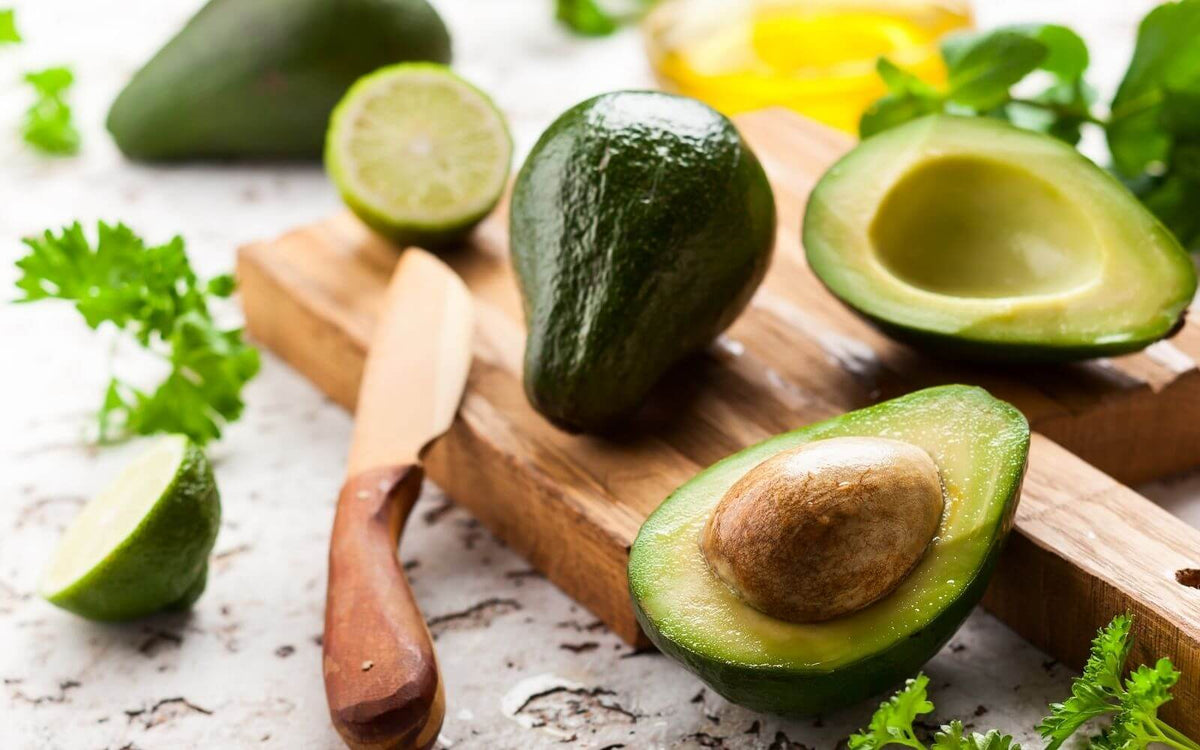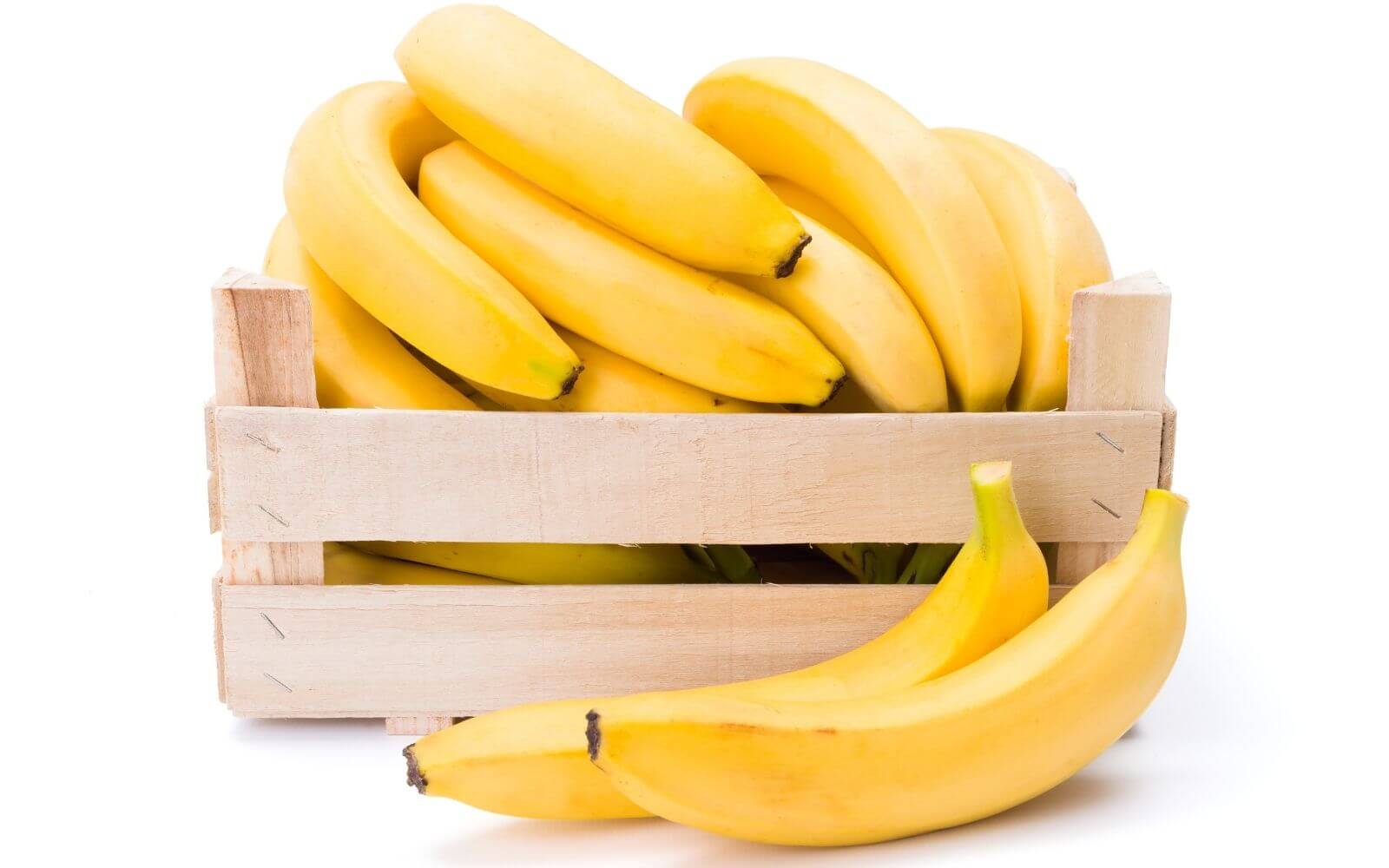The Benefits of Kale

The Benefits of Kale
Of all the incredibly healthy greens so often talked about by health and nutrition experts, there is one that reigns supreme. In fact, kale is one of the most nutrient dense foods on the planet. This so-called "superfood" is full of beneficial compounds, vitamins, minerals, and antioxidants. In this article we discuss the benefits of kale.
1. One of The Most Nutrient-Dense Foods
Kale is one of the most nutrient-dense foods on the entire planet. It is part of the cabbage family and is a cruciferous vegetable like broccoli, cauliflower, collard greens, and Brussels sprouts. There are actually quite a few different types of kale. The leaves can be either green or purple and smooth or curly.
Nutritional Value of Kale
A single cup of raw kale (about 67 grams or 2.4 ounces) is full of beneficial nutrients and contains:
- Calories: 33
- Fiber: 2 grams
- Vitamin A: 206% of the RDI (Recommended Dietary intake)
- Vitamin K: 684% of the RDI
- Vitamin C: 134% of the RDI
- Manganese: 26% of the RDI
- Copper: 10% of the RDI
Kale has very little calories and is packed with vitamins and minerals which makes it one of the most nutrient dense foods on the planet. Eating more kale is an easy and simple way to substantially increase the nutrient content of your diet.
2. Full of Powerful Antioxidants
Kale, like blueberries and raspberries is incredibly high in antioxidants like quercetin and kaempferol. Antioxidants are natural compounds that help the body combat free radicals in the body. Oxidative stress, which is thought to be one of the main drivers of the aging and disease process, occurs when there is an imbalance between free radicals and antioxidants in your body.
Antioxidants like quercetin and kaempferol can have many beneficial effects on the body. This includes:
- Protects the heart from damage
- Can help lower blood pressure
- Powerful anti-inflammatory
- Anti-viral properties
- Anti-cancer effects
3. May Help Reduce The Risk of Heart Disease
Kale contains substances called bile acid sequestrants that can reduce the total amount of cholesterol in the body. Over time, this can lead to a reduced risk of heart disease.
One study that included 32 middle-aged men found that drinking kale juice every day for 12 weeks increased HDL (good) cholesterol by 27% and lowered LDL (bad) cholesterol levels by over 10%. Another subsequent study found that steaming kale dramatically increases the bile acid binding effect. In fact, steamed kale is nearly 44% as effective as cholestyramine, a popular cholesterol-lowering drug that functions in a somewhat similar way.
4. Contains Numerous Cancer-Fighting Substances
Cancer is the second-leading cause of the death in the United States each year (behind heart disease), and is characterized by the uncontrolled growth of cells. Fortunately, kale is full of compounds that are believed to have cancer-fighting properties.
Sulforaphane, a substance in kale, has been shown to help fight the formation of cancer at the molecular level. Furthermore, it contains indole-3-carbinol, another substance that studies suggest help prevent cancer. Interestingly enough, cruciferous vegetables (including kale) in general may significantly reduce the risk of developing several cancers.
5. One of The Best Sources of Beta-Carotene
It's commonly believed that kale is high in vitamin A. This, however, isn't entirely inaccurate. Kale actually contains a high amount of beta-carotene, an antioxidant that gives vegetables their vivid yellow, orange, and red coloring that the body turns into vitamin A.
Vitamin A is an essential nutrient for vision, and plays an important role in maintaining healthy organs like the heart, lungs, and kidneys, and also cell health.
6. A Great Source of Uncommon Minerals
Kale is high in vitamins, minerals, and antioxidants that many people are deficient in. This includes magnesium—the fourth most abundant mineral in the human body and is involved in hundreds of biochemical reactions. Kale is also a great source of calcium, a nutrient that is important for bone health, and potassium, a mineral that is linked to lower blood pressure and a lower risk of heart disease.
7. May Benefit Eye Health
Perhaps the most common consequence of aging is that ones eyesight gets worse. Thankfully, kale contains several nutrients that may benefit eye health. These two nutrients are lutein and zeaxanthin—carotenoid antioxidants.
Many studies have shown that people who eat enough lutein and zeaxanthin have a much lower risk of developing two common eye disorders—macular degeneration and cataracts.
8. Can Help You Lose Weight
Kale is widely known as a weight-loss friendly food. This is because kale contains very few calories, is high in fiber, protein, vitamins and minerals, and has a high water content. Both protein and fiber are two of the most important nutrients to consume when trying to lose weight.
How To Cook With Kale
There are a few different ways to cook with kale. To benefit from the nutritional value of kale most it is better to consume it raw since cooking it may reduce its nutrient profile. When it comes to taste, however, it better to cook kale and add some seasoning to improve the taste.
Kale In A Smoothie
Kale can make an excellent and nutritious addition to any fruit or vegetable smoothie. Below are the ingredients to a refreshing and nutrient-dense smoothie that doesn't actually taste like kale.
- Kale: As we've discussed so far this leafy green is high in vitamins C, K, and A, essential minerals, and antioxidants.
- Pineapple: An excellent and tasteful addition to this smoothie recipe, pineapple is high in vitamin C and manganese.
- Banana: This is what makes this smoothie smooth, thick, and creamy. Bananas are high in potassium, fiber, and other essential nutrients.
- Honey: Honey adds a bit of natural sweetness and is high in antioxidants, can aid in digestion, and may help soothe a sore throat.
- Peanut butter: A healthy fat that adds a little bit of saltiness to this irresistible recipe.
- Almond milk: Although any milk will do almond milk is our favorite for texture, taste, and health reasons.
- One cup of ice: This helps ensure your smoothie is cold, refreshing, and maintains a thick and creamy consistency.
Can You Freeze Kale?
You can freeze kale, yes, however, it is best to use it within four to six weeks after freezing. If you would like it to last up to eight to twelve months, blanch the leaves and stems. Blanching is a technique that is used in vegetable growing. Young shoots of a plant are covered to exclude light to prevent photosynthesis and thus remain pale in color.
Blanch the leaves for 2.5 minutes, covering the boiling water pot with a lid to steam-heat floating leaves.
The Benefits of Kale Summary
Kale is one of the most nutrient-dense foods on the entire planet. It is part of the cabbage family and is a cruciferous vegetable like broccoli, cauliflower, collard greens, and Brussels sprouts.
What Is Kale Good For?
Kale is extremely high in vitamin C, K, A, copper, manganese, antioxidants, and fiber. Eating more of this cruciferous vegetable is linked to a number of health benefits. This includes:
- May help lower cholesterol
- Can improve digestive system function
- May help prevent the formation of cancer
- Can aid in weight loss
- Improves skin health and appearance
- Contributes to healthy blood sugar levels
How To Cook Kale
There are a variety of techniques that can be used to make kale taste good.
- Marinate kale: Marinating kale with a little olive oil or lemon juice even for just a few minutes can make it more tender and easier to chew.
- Sautéing: One of the most popular ways to consume this cruciferous vegetable is by cooking it which can shrink it down and make it a little easier to eat.
- Simple salads: Unlike other greens, kale maintains its taste and texture extremely well in salads. It also goes well with a variety of dressings.
Overall, kale is known as one if not the healthiest food on the planet. Adding it into your daily diet may be one of the best and simple things you can do to improve your health.
Leave a comment
Comments will be approved before showing up.
Also in Nutrition

The Benefits of Avocados

The Benefits of Green Tea








